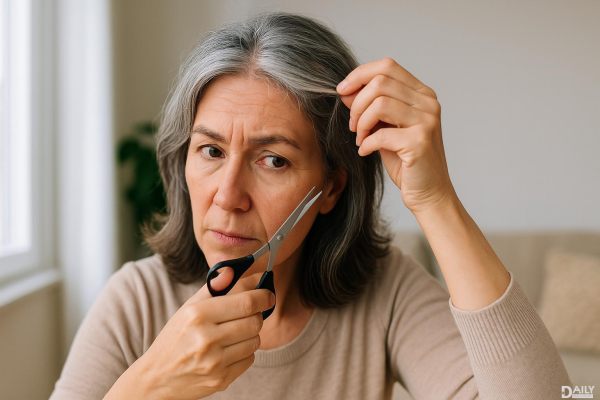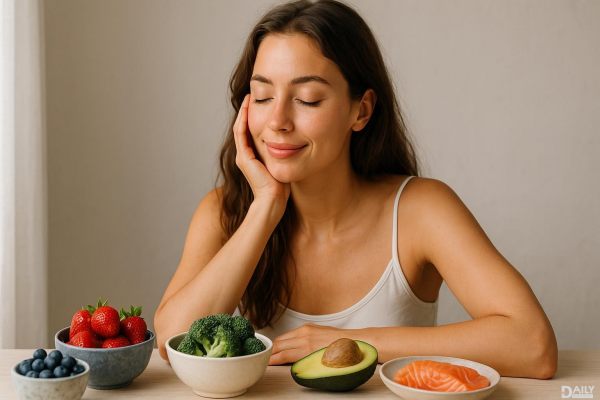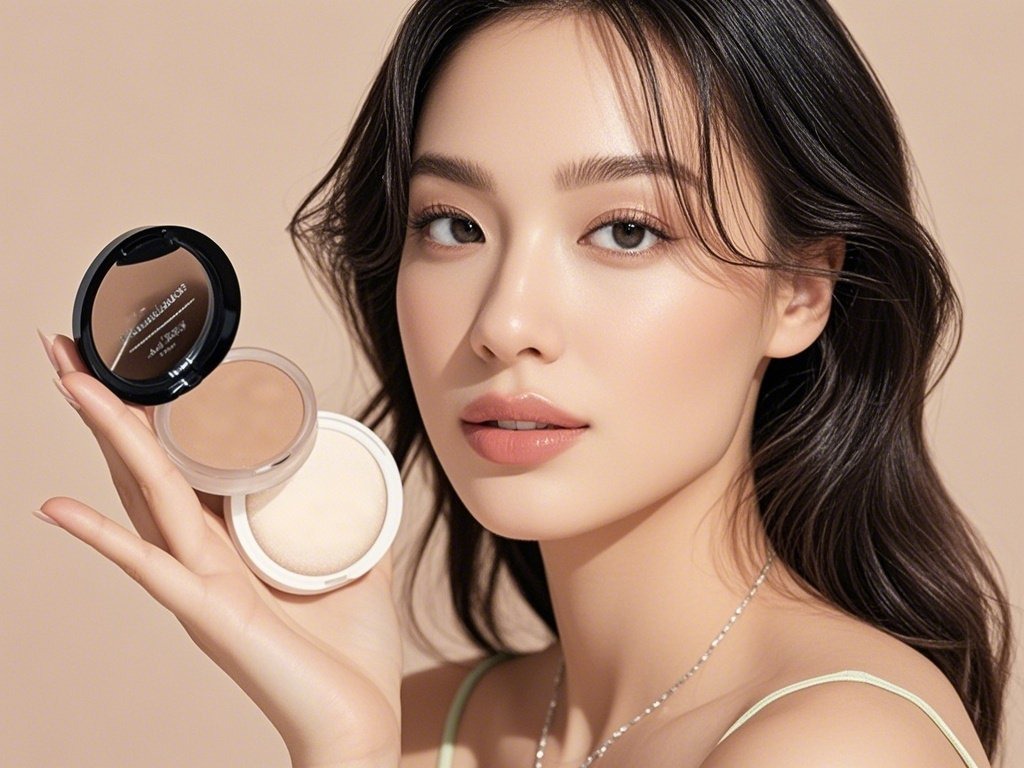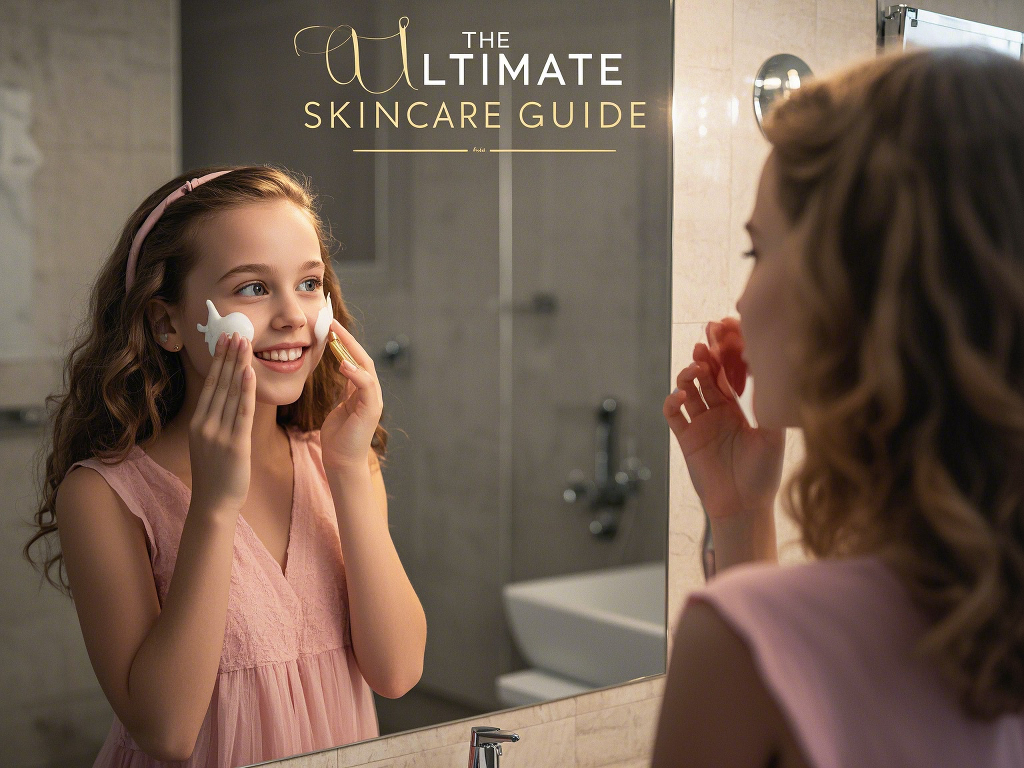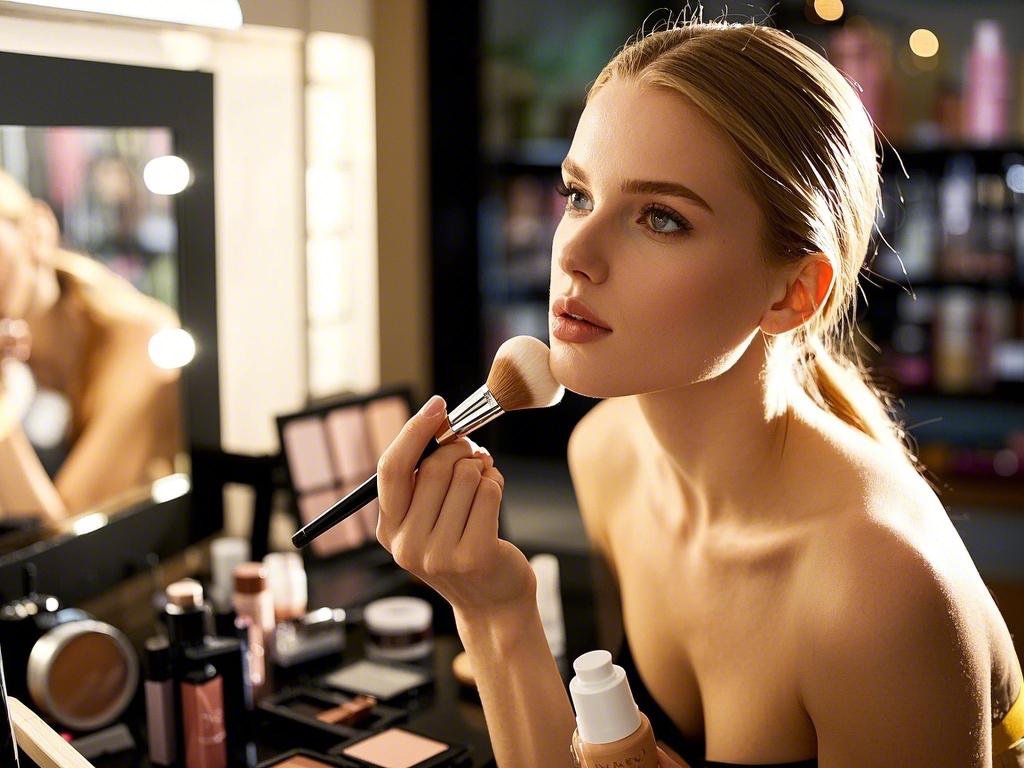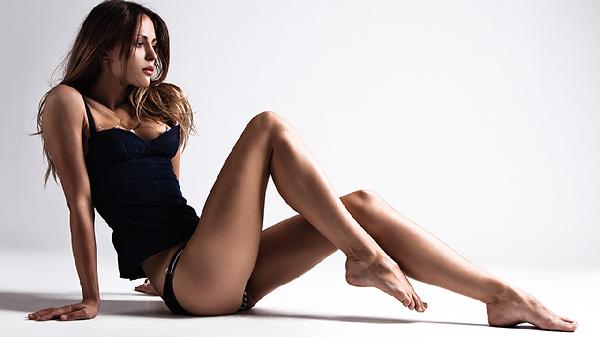Many women use makeup to enhance the appearance of their faces, and with good makeup skills, it can indeed make a significant difference. When applying makeup, many women use eyeshadow to accentuate their eye shape. When using eyeshadow, it's crucial to blend it properly; otherwise, it can look very odd. So, what are the techniques for blending eyeshadow?

The first method – Flat Application.
Characteristics: Gradient blending of a single eyeshadow color; suitable for monolids and those with naturally good eye structure. The flat application method typically uses one eyeshadow color, applied from the lash line upwards in a flat, blending motion. This method is generally suitable for monolids and those with good eye structure, often used for light makeup. As a makeup novice, many have a love-hate relationship with eyeshadow. Especially for those just starting out, there's often concern about poor technique or wrong color choices, fearing that the result will be too dramatic and uncomfortable to wear outside. This flat application method can be a reference. Although it uses only one color, the gradient blending effect can still make it stand out. It's also a relatively safe method. Those who prefer light makeup can give it a try. For those with puffy eyes, if using this method, choose darker tones and avoid shimmer eyeshadows.
Flat Application Technique: The eyeshadow is darkest near the lash line, gradually blending upwards, becoming lighter until it fades, creating a clear gradient effect. The eyeshadow area can be slightly larger. You can choose brighter, more vibrant tones.
Tips:
1. Even with flat application, show some layering. Don't just apply it flatly; that won't create a gradient blending effect.
2. Choose eyeshadow colors that match your clothing and skin tone to avoid looking out of place.
3. Avoid applying too much color, which can have the opposite effect. Remember, less is more.
The second method – Layered Gradient (here, we introduce the vertical gradient method).
Characteristics: Combination of 2~3 eyeshadow colors; reduces eyelid puffiness and widens the space between the eyes and eyebrows. The layered gradient method creates a very three-dimensional look. It generally involves using two eyeshadow colors from the same color family, with no more than three colors. The key to choosing colors for this method is to use the same color family with different shades, applying the lighter color first, then the darker one. This method creates a very three-dimensional eye look and is a common technique. When combining two or more eyeshadow colors, pay special attention to the transition between colors to avoid harsh lines.
Layered Gradient Technique Example:
1. First, pick up the lighter color and apply it to the upper eyelid using the flat application method, blending from bottom to top, gradually lightening the color.
2. Divide the area from the lash line to the crease into three equal parts. The eyeshadow is darkest near the lash line, gradually lightening upwards. Then, choose a darker eyeshadow than in step 1 and apply it from the lash line in three equal parts. The principle remains the same: from bottom to top, dark to light. Different shades can create eye looks suitable for various occasions. Ensure there are no harsh lines between the colors; the transition should be natural. If you need to deepen the eyeshadow during application, use the same method, paying attention to the gradient transition, but the area of each part should gradually decrease from light to dark.
Tips: This method is the most common and practical, offering better three-dimensionality than the flat application method. Compared to other complex eyeshadow techniques, this one is relatively easy to master. For beginners, choose eyeshadow palettes with 2 to 5 colors. These palettes usually have a logical color arrangement, with shades from light to dark within the same color family, perfect for this layered gradient method. You can freely choose any 2~3 colors from the palette to create the layered gradient eyeshadow.
The third method – Three-Dimensional Blending.
Characteristics: Light in the middle, dark on the sides; highly adaptable and three-dimensional; requires more advanced makeup skills. The three-dimensional blending method enhances the three-dimensionality of the eyes, with the middle light and the sides dark, blending from the bottom (lash line) to the top (crease) from dark to light. Apply the darker color to the sunken areas of the eye and the lighter color to the protruding areas. The blending between dark and light should be natural, with a reasonable transition. Based on the eye structure, choose a combination of dark and light eyeshadows to create a three-dimensional effect through color contrast. Apply the dark eyeshadow to the lash line and the outer corner crease, and the light color to the orbital rim and the middle of the upper eyelid, naturally transitioning with the dark structural color without harsh lines.
Three-Dimensional Blending Steps:
1. Highlight the brow bone and the center of the upper eyelid.
2. Apply eyeshadow from the bottom (lash line) to the top (crease, the groove formed above the eyeball and the orbital bone), dark at the bottom, light at the top.
3. Apply eyeshadow from the inner and outer corners towards the center of the eyeball in a radiating manner, creating a dark on the sides, light in the middle effect.
4. Apply a triangular lower eyeshadow along the lower lash line from the outer to the inner corner, thick to thin, about two-thirds the length of the eye.
5. Highlight the inner third of the lower eyelid, extending to the inner corner and the inner upper eyelid.
Tips:
1. Those with puffy eyelids should be cautious, as the three-dimensional blending method can make the eyes appear more swollen, especially with the highlight.
2. After applying the highlight, blend it slightly into the surrounding skin to naturally match the skin tone.
3. When blending, ensure a natural transition without leaving harsh lines, which can look stiff and unappealing.
The fourth method – Outer Corner Emphasis.
Characteristics: Outer corner triangle area; suitable for Asians, double eyelids, and drooping outer corners. The outer corner emphasis method focuses on deepening the three-dimensionality of the outer corner triangle area, creating a deep, captivating eye look. The outer corner triangle is where the upper and lower eyeshadows meet; deepening it with shadow can enlarge the eyes and enhance their depth.
Outer Corner Emphasis Technique: Apply the base eyeshadow color from the outer third of the lash line, blending across the entire eyelid. Then, apply the transition color from the outer lash line, blending horizontally across two-thirds of the eyelid. Finally, apply the accent color to the outer third of the eyelid.
Tips: You can incorporate this technique into other eye makeup methods, but be mindful of the blending intensity. Everyday makeup should look natural; avoid making it too heavy.
